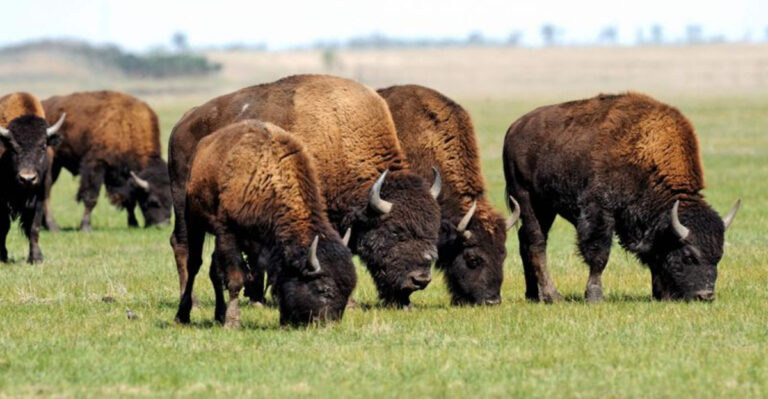Wonders Of The Wild: 17 Stunning Birds From Earth’s Most Isolated Places
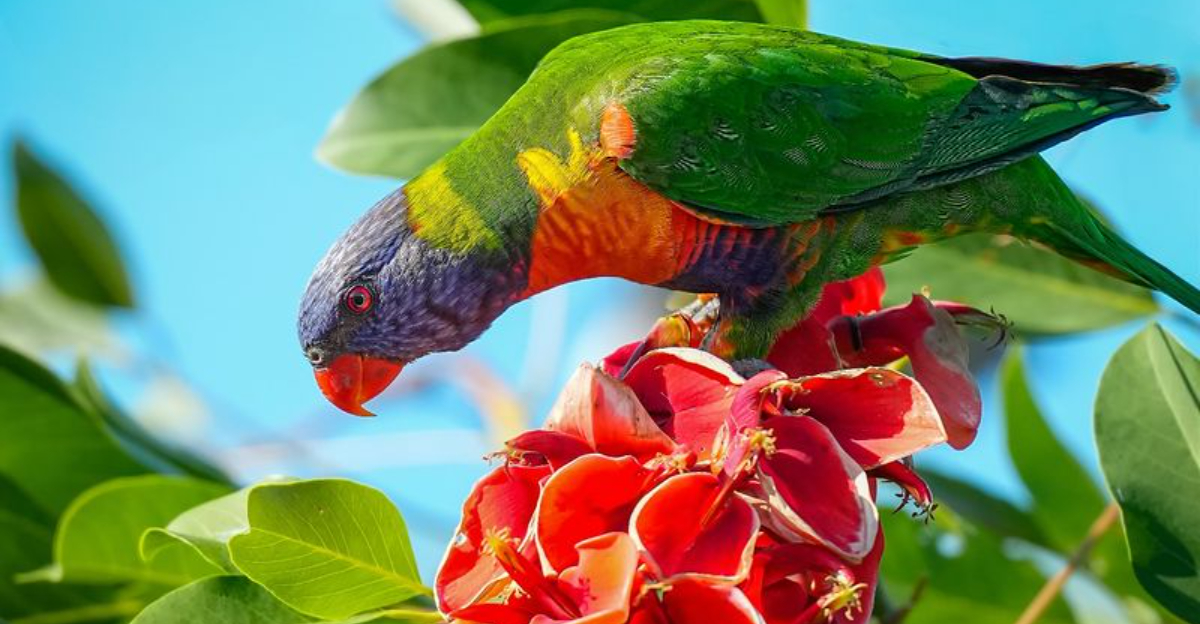
Our planet’s most remote corners hide feathered treasures few humans ever witness. From icy polar regions to dense rainforests and tiny islands, these isolated habitats have shaped some of Earth’s most extraordinary birds.
Their vibrant colors, unusual adaptations, and remarkable behaviors tell stories of evolution in extreme isolation. Join me on a journey to discover 17 breathtaking birds that have evolved in Earth’s most untouched places.
1. Kakapo – New Zealand’s Flightless Parrot
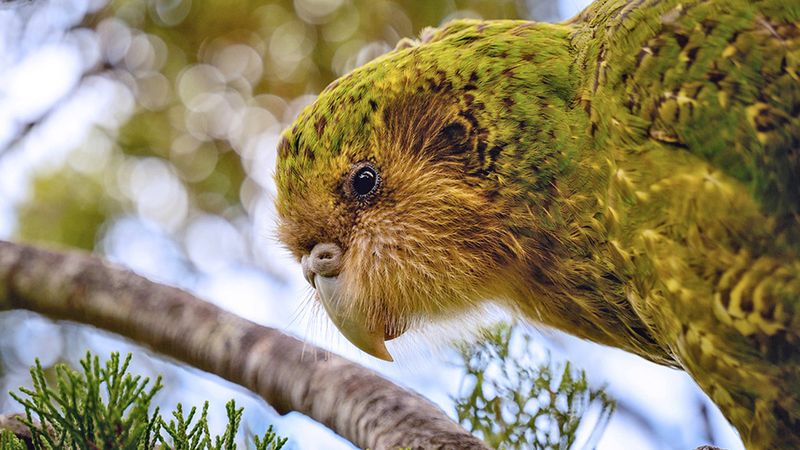
Moss-green and owl-faced, the kakapo is unlike any other parrot on Earth. This critically endangered night-dweller developed its flightless lifestyle on predator-free New Zealand, where flying wasn’t necessary for survival.
Males create elaborate ground bowls and emit deep booming calls that can travel for kilometers through the forest. With fewer than 200 individuals remaining, conservation efforts include moving these charismatic birds to predator-free islands.
Each kakapo has a name and personality known to its human guardians. They can live over 60 years, making them among the longest-lived birds on the planet.
2. Philippine Eagle – Forest Guardian Of Mindanao
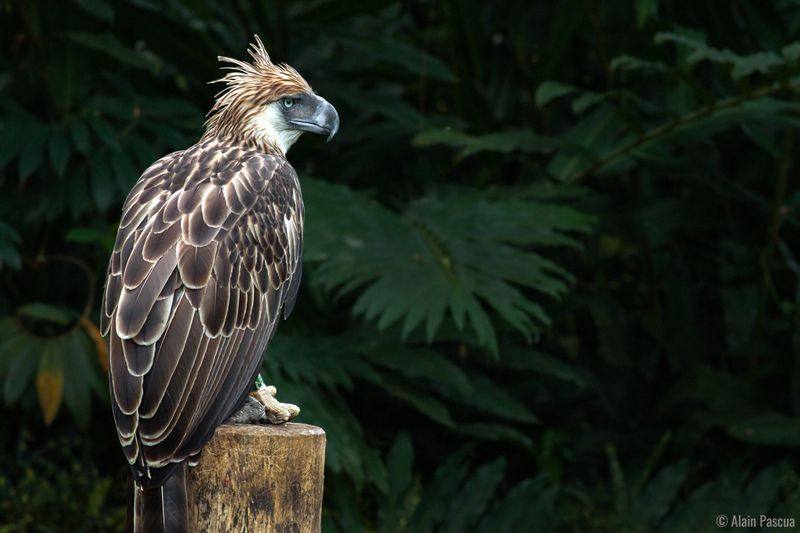
Crowned with a dramatic crest of golden-brown feathers, the Philippine Eagle commands the rainforests of Mindanao with piercing blue eyes. Standing nearly 3 feet tall with a 7-foot wingspan, these majestic raptors require vast territories of undisturbed forest.
Local tribes consider them spiritual protectors, believing they carry the souls of ancestors. Hunting for monkeys, flying lemurs, and other mammals, they’re perfectly adapted to the dense jungle canopy.
Fewer than 400 breeding pairs remain in the wild, threatened by logging and habitat fragmentation. Each pair raises just one chick every two years.
3. Ribbon-Tailed Astrapia – Highland Jewel Of Papua New Guinea
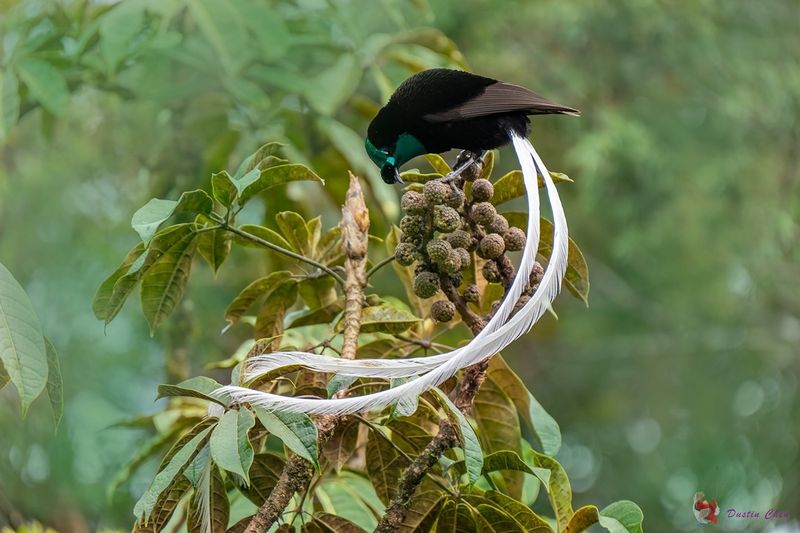
Males of this spectacular bird-of-paradise sport twin tail feathers that can reach an astonishing three feet long – more than three times their body length! These pristine white ribbons trail behind them like streamers as they flit through the misty mountain forests of Papua New Guinea.
Found only above 7,000 feet in remote highlands, these birds inhabit a world of moss-draped trees and swirling fog. Their iridescent green throat shields flash brilliantly during elaborate courtship displays.
Local tribes prize their feathers for ceremonial headdresses, considering them symbols of male beauty and status. Each bird defends a small territory rich in fruit-bearing trees.
4. St. Helena Plover – Lonely Island Sentinel
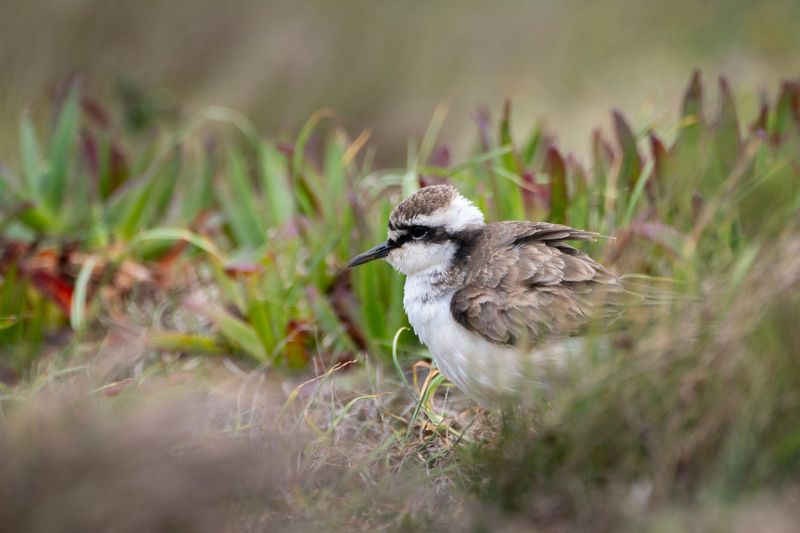
Known locally as the Wirebird, this critically endangered plover exists nowhere else but the tiny Atlantic island of St. Helena – one of Earth’s most remote inhabited places. Sandy brown with spindly legs, these birds scurry across the island’s open grasslands and barren volcanic plains.
Napoleon Bonaparte might have spotted these birds during his exile on St. Helena. Their distinctive call – a sharp, metallic ‘twick-twick’ – echoes across the windswept highlands where fewer than 250 individuals remain.
Each pair creates a simple nest scrape on the ground, laying perfectly camouflaged eggs. Conservation efforts focus on controlling introduced predators and managing grazing to maintain their habitat.
5. Kagu – Ghost Bird Of New Caledonia

Pale gray like morning mist, the Kagu haunts New Caledonia’s ancient forests with an almost supernatural presence. This flightless bird evolved in isolation on this South Pacific island, developing its distinctive appearance and behaviors found nowhere else on Earth.
With feathery crest that fans into a spectacular headdress when alarmed, Kagus communicate through eerie calls that pierce the dawn forest. Their nostrils are covered by unusual nasal flaps that prevent debris from entering while they probe the forest floor.
Mating pairs perform synchronized dances, bowing and circling with raised crests. Nearly hunted to extinction, intensive conservation efforts have helped populations slowly recover in protected areas.
6. Palila – Golden Finch Of Mauna Kea
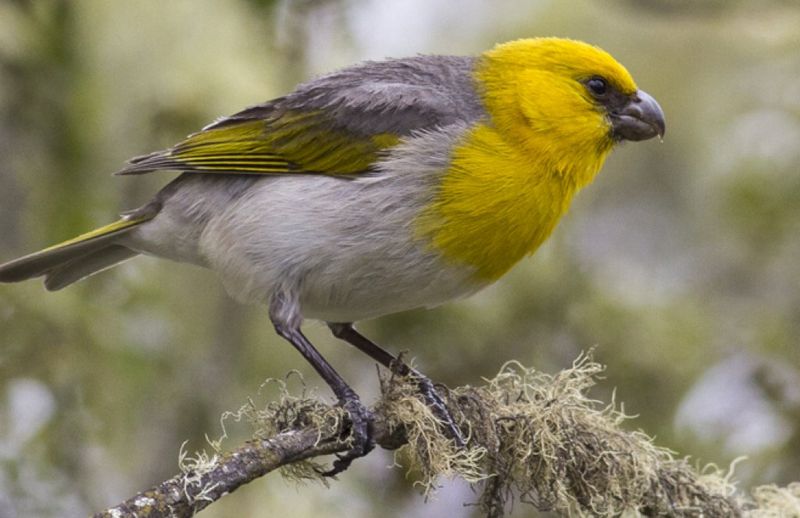
Golden-headed and gray-backed, the Palila clings to existence on the high slopes of Hawaii’s Mauna Kea volcano. This finch-billed honeycreeper has evolved to specialize in the seeds of the māmane tree, found nowhere else but Hawaii’s high volcanic slopes.
Their specialized bills crack open tough seed pods that most birds cannot access. Ancient Hawaiians considered the bird sacred, using its vibrant yellow feathers sparingly in ceremonial cloaks for royalty.
Now critically endangered with fewer than 2,000 individuals remaining, the Palila’s survival depends entirely on the preservation of high-elevation māmane forests. Climate change threatens to push this specialized habitat beyond the mountaintop, potentially leaving the Palila with nowhere to go.
7. Auckland Island Teal – Flightless Duck Of The Subantarctic
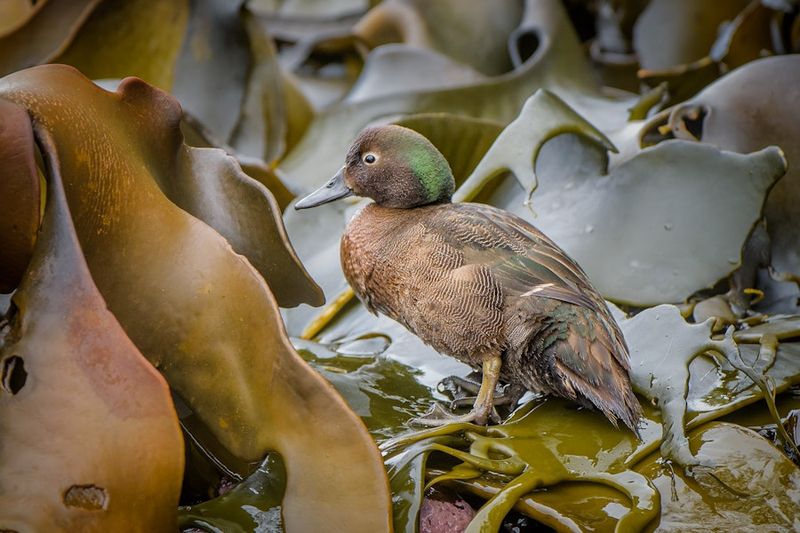
Chocolate-brown with emerald wing patches, these small flightless ducks scurry along the windswept shores of New Zealand’s subantarctic Auckland Islands. Evolution in a predator-free environment allowed them to abandon flight, developing shorter wings and sturdier legs for foraging among coastal rocks.
Fierce subantarctic storms and frigid waters don’t faze these hardy birds. They feed primarily at night, probing tide pools and kelp beds for marine invertebrates with their sensitive bills.
Nearly wiped out by introduced cats and pigs, conservation efforts relocated some birds to predator-free islands. Their remarkable recovery represents one of New Zealand’s conservation success stories, though they remain confined to just a few remote islands in the stormy Southern Ocean.
8. Aldabra Rail – Island Survivor
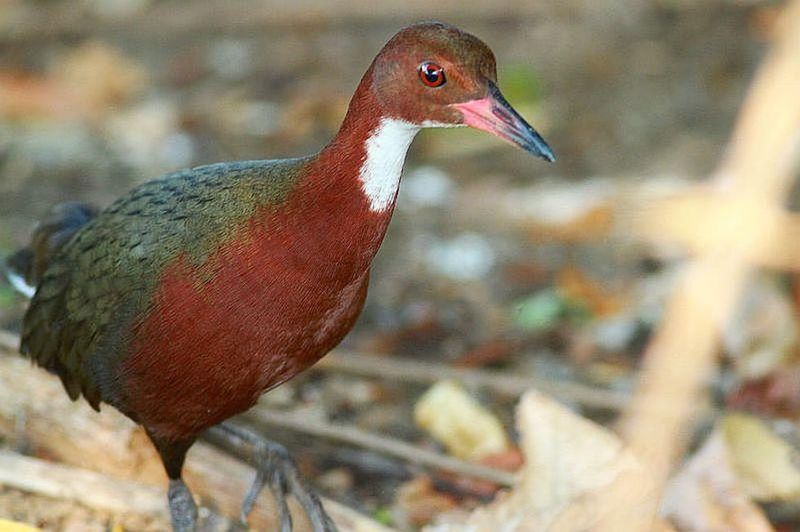
The Aldabra Rail pulled off an evolutionary magic trick – becoming flightless twice! After the original population was wiped out when their island home flooded, flying relatives from Madagascar recolonized Aldabra Atoll and once again evolved flightlessness.
Rusty-brown with white undertail, these chicken-sized birds scurry through the remote atoll’s dense vegetation. Their powerful legs allow them to run quickly, while reduced wings serve only for balance and displays.
Isolated on one of Earth’s most remote coral atolls in the Indian Ocean, they’ve adapted to a diet of insects, seeds, and even small lizards. They’re fearless around humans due to their isolation, often approaching visitors with bold curiosity.
9. Kea – Alpine Parrot Of New Zealand
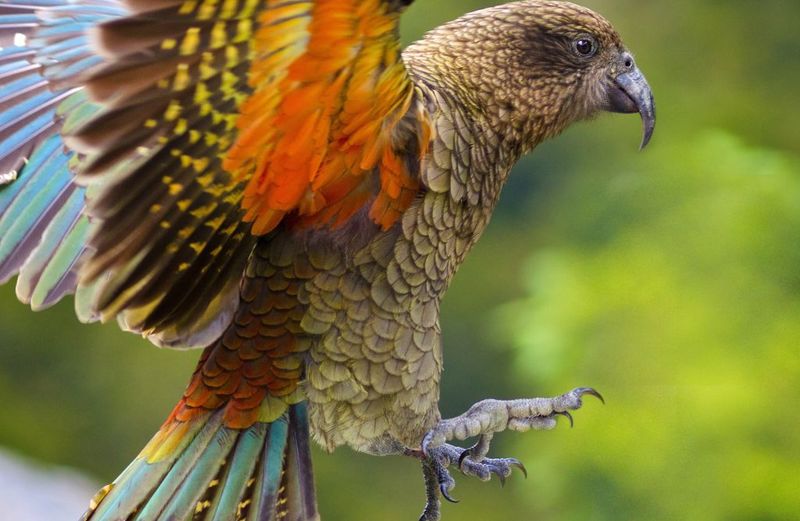
Olive-green with scarlet underwings that flash during flight, the Kea is Earth’s only alpine parrot. These mountain-dwelling tricksters thrive in New Zealand’s harsh Southern Alps, where winter temperatures plunge below freezing and snow blankets their habitat for months.
Extraordinarily intelligent, Keas are infamous for dismantling cars, ransacking backpacks, and solving complex puzzles. Their curved bills can strip rubber from windshield wipers or pry open unattended containers with surprising precision.
Maori legends speak of the Kea helping a warrior find his way through mountain passes. Despite their playful nature, they face threats from lead poisoning (from chewing buildings) and conflict with sheep farmers who once considered them pests.
10. Marquesan Imperial Pigeon – Pacific Island Giant
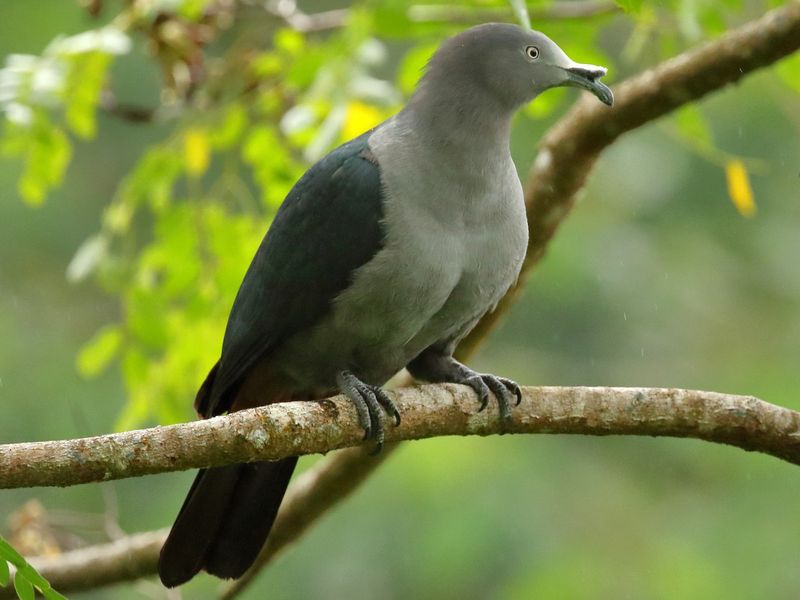
Metallic green plumage gleams in the sunlight as this massive fruit pigeon navigates through the remote valleys of the Marquesas Islands. Twice the size of a typical pigeon, these magnificent birds reach nearly 20 inches in length, with deep booming calls that echo through the forests.
Found only on two tiny islands in French Polynesia, they evolved in splendid isolation over countless generations. Their powerful gizzards can process large, hard fruits that other birds cannot digest, making them crucial seed dispersers for native trees.
Ancient Polynesians considered them sacred, featuring them in myths and legends. Today, fewer than 300 individuals remain in the wild, threatened by habitat loss and introduced predators.
11. Secretarybird – Savanna Sentinel Of Africa
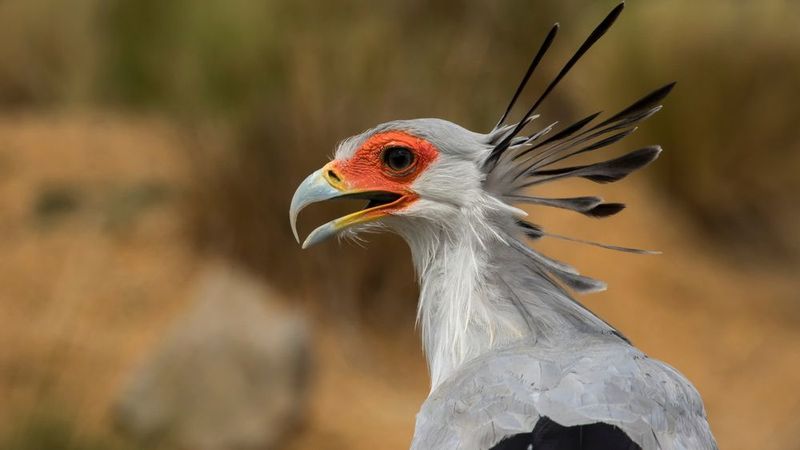
Striding across African grasslands on stilt-like legs, the Secretarybird presents an unmistakable silhouette. Black quill-like feathers erupt from its head like an ancient clerk’s pen collection – inspiring its unusual name.
Standing nearly four feet tall, these birds are snake-hunting specialists. They stamp the ground with powerful feet to flush out prey, then deliver precise, deadly strikes to a serpent’s spine. Their extraordinary hunting technique can dispatch even venomous snakes.
Pairs build massive platform nests atop thorny acacia trees and perform spectacular aerial courtship displays. Though widespread across sub-Saharan Africa, their populations are declining as grasslands shrink. They require vast territories of undisturbed savanna to hunt effectively.
12. Socotra Warbler – Desert Island Songster

Brown and unassuming at first glance, the Socotra Warbler hides on an island that seems transplanted from another planet. Endemic to Yemen’s isolated Socotra archipelago – where dragon blood trees and bottle-shaped succulents create alien landscapes – this small songbird exists nowhere else on Earth.
Flitting through scrubby vegetation, they survive in a harsh environment where fresh water is scarce. Their specialized diet includes insects found among the island’s unique plant species, many of which are also endemic.
Ancient trade routes between Africa, India and the Middle East passed by Socotra for centuries, yet the warbler remained unknown to science until the 19th century. Today, increasing tourism and development threaten their fragile habitat.
13. Resplendent Quetzal – Cloud Forest Jewel
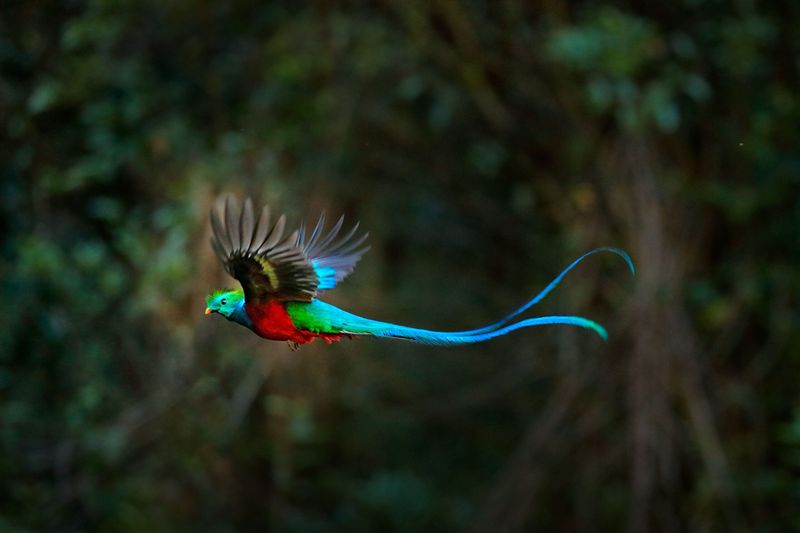
Emerald feathers shimmer like living gems as the Resplendent Quetzal glides through Central America’s misty cloud forests. Ancient Mayans revered this bird as divine – the embodiment of their feathered serpent god Quetzalcoatl – and killing one carried a death sentence.
Males grow twin tail feathers that stream behind them like elegant ribbons, sometimes reaching three feet long. These aren’t actually tail feathers but modified upper tail coverts that grow continuously during breeding season.
They require dead, decaying trees to excavate nesting cavities, making old-growth forests essential for their survival. Their diet centers around wild avocados and other fruit, making them important seed dispersers throughout the mountain forests of Costa Rica, Panama and Guatemala.
14. Henderson Island Crake – Pacific Phantom
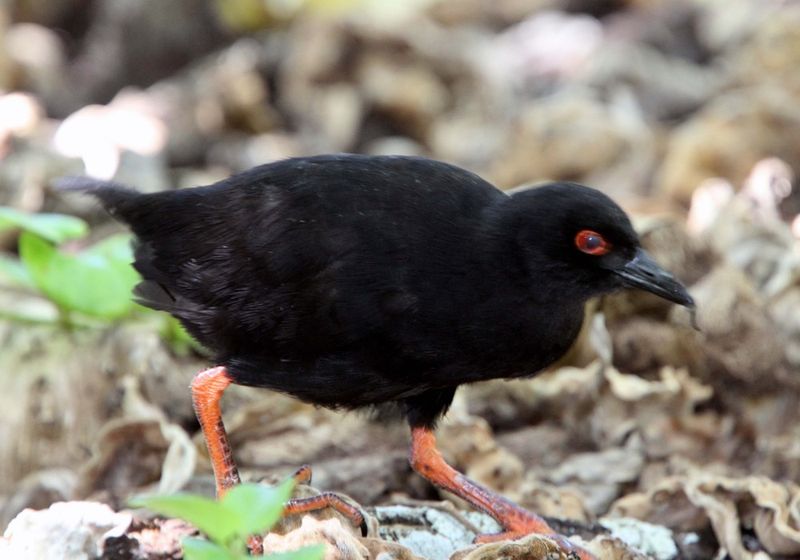
Chocolate-brown and secretive, the Henderson Island Crake scurries through undergrowth on an uninhabited island in the South Pacific. This flightless rail exists only on Henderson Island – a raised coral atoll so remote that it sees human visitors just once every few years.
Perfectly adapted to island life, they forage for insects, seeds, and even seabird eggs along the forest floor. Their reduced wings serve no purpose except minor displays during territorial disputes between neighboring birds.
The island’s isolation – over 3,000 miles from New Zealand and 3,600 miles from South America – has preserved this species for thousands of years. A rat eradication program aims to secure their future on this pristine UNESCO World Heritage site in the Pitcairn Island group.
15. Hoatzin – Prehistoric Relic Of Amazon Swamps
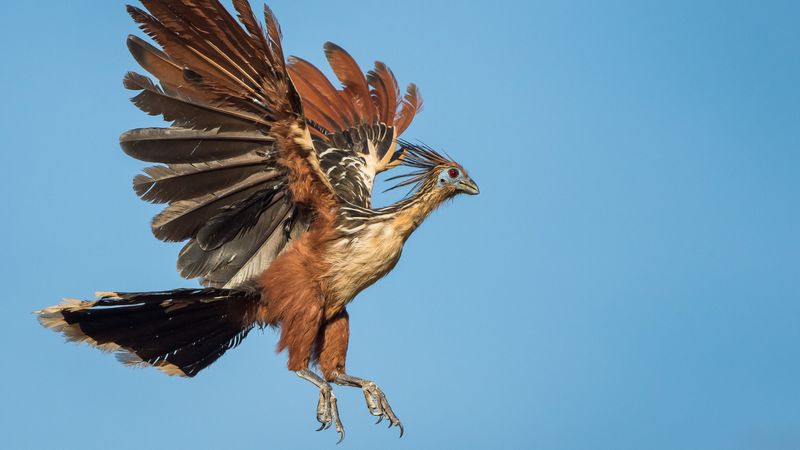
Sporting a spiky crest and brilliant blue face, the Hoatzin looks like something from a prehistoric era – and in many ways, it is. Chicks hatch with functional claws on their wings that they use to climb trees, a feature lost in almost all other modern birds.
Sometimes called the “stinkbird,” Hoatzins emit a manure-like odor from their unique digestive system. They’re the only birds that use bacterial fermentation (like cows) to break down the leaves they eat, giving them an enlarged crop that affects their balance and flight.
Ancient and primitive, they occupy a branch of the bird family tree all their own. They inhabit remote oxbow lakes and swampy areas of the Amazon Basin, building flimsy nests over water.
16. Araripe Manakin – Brazilian Forest Gem
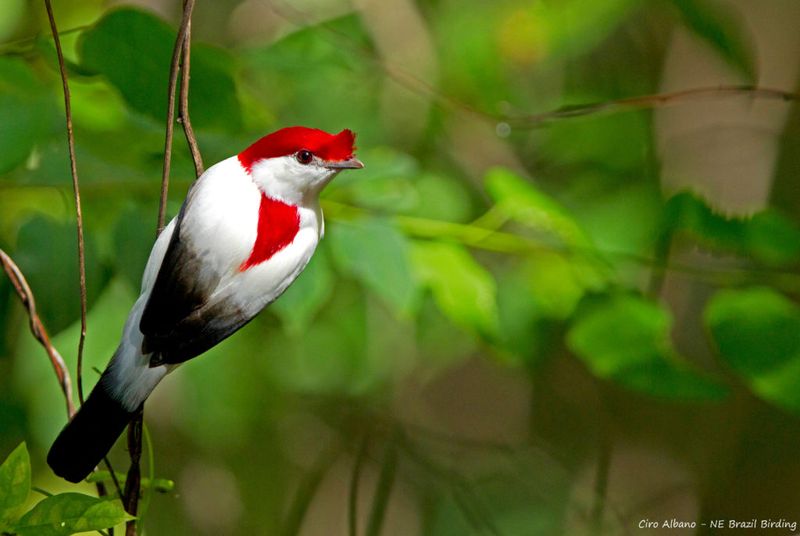
Snow white with a crimson hood and black wing-tips, the Araripe Manakin wasn’t discovered until 1996 – hiding in plain sight on a single forested plateau in northeastern Brazil. This striking bird occupies one of the smallest ranges of any bird on Earth, living only along streams in a special type of forest called mata úmida.
Males perform complex courtship dances, moonwalking backward along branches while fluttering their wings to attract females. Their buzzing calls fill the understory during breeding season.
With fewer than 800 individuals remaining and rampant development threatening their tiny range, conservationists race to protect this spectacular species discovered less than 30 years ago.
17. Stephen’s Lorikeet – Lost Rainbow Of Remote Islands

Vibrant red, blue, and yellow plumage made Stephen’s Lorikeet one of the most colorful birds in the South Pacific – before it disappeared. Last seen in 1902 on the remote island of Nukuhiva in the Marquesas archipelago, this brilliant parrot is now presumed extinct.
French Polynesian legends describe these birds feeding on nectar from mountain flowers, their brush-tipped tongues perfectly adapted for collecting sweet liquid. Island isolation shaped their evolution, resulting in a species found nowhere else on Earth.
Hunting and introduced predators likely caused their extinction before scientists could properly study them. Only a handful of museum specimens remain as evidence of their existence, their vivid colors a silent reminder of what’s been lost from Earth’s most isolated places.


